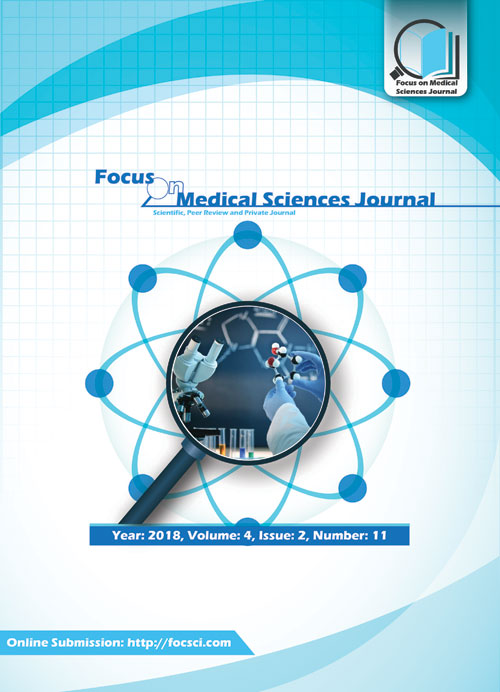Macrosomia and the IGF System: A Short Review
Author(s):
Abstract:
Introduction
Macrosomia in diabetic pregnancy is an ubiquitous finding and implies both maternal and fetal issues. Its incidence surpasses other critical obstetrical morbidity in diabetic pregnancy with increased placental size and polyhydramnios as comorbidity. The studies on the underlying factors contributing to macrosomia have focused on growth stimuli like IGF, glycemia, and insulin and their effects on regional organ function. IGF-I and II in maternal serum are associated with birth weight and the bioavailabiliy is modulated by IGF- binding-proteins (IGFBP) and phosporylated isoforms of IGFBP and the presence of proteases and IGF split products. Human placental growth hormone regulates the effect of IGF-I in pregnancy.Methods
The literature on the IGF system′s possible effect on fetal growth in diabetic pregnancy is reviewed before our current studies and updated with respect to later findings. Regulation on bioavailability by proteolysis and phosporylation is described. The review discusses briefly the studies on pregnant women with type 1 diabetes with respect to vasculopathy.Results
The data show good correlation of IGF-1/2 levels with birth weight. No such correlation with IGFBP-1 and -3 is found. Fetal growth deviation in diabetic pregnancy is not uniform. In first trimester, growth delay is documented in fetal growth curves compared to non-diabetic controls. Accordingly, a shift in IGF-IGFBP regulation in second trimester is found with less proteolysis of IGFBPs and relative increase in total binding capacity. In third trimester, free IGF further increases as IGFBP binding decreases by proteolysis and modulation. The first trimester values may be used as predictor of fetal weight at term. Diabetic women show a two- to threefold increase in the in vitro IGFBP-3 proteolytic activity during pregnancy as compared to post-partum values.Conclusions
Prominent proteolysis of binding proteins and the modulation by insulin account for the mechanism leading to macrosomia. The two factors combined guarantee the stimulation by more bioavailable IGF and the glycemic levels reveal whether insulin dose are optimal. Structural factors of diabetes i.e. microangiopathy further modulate the sum of effects on fetal growth. In contrast to macrosomia, fetal growth restriction is associated with prominent maternal vascular endothelial complications, such as overt nephropathy, proliferative retinopathy, preeclampsia, and hypertension. In parallel to the growth inhibition, stimulatory effects are exerted by the GH axis including the placental growth hormones and occur probably as compensatory mechanism, similar to the increased IGFBP-3 proteolysis in late pregnancy found in growth retardation. This influence may in part explain the disproportionate growth in different tissue components occurring in the various stages of diabetic pregnancy.Keywords:
Language:
English
Published:
Focus on Science, Volume:3 Issue: 2, Apr-Jun 2017
Page:
1
magiran.com/p1695522
دانلود و مطالعه متن این مقاله با یکی از روشهای زیر امکان پذیر است:
اشتراک شخصی
با عضویت و پرداخت آنلاین حق اشتراک یکساله به مبلغ 1,390,000ريال میتوانید 70 عنوان مطلب دانلود کنید!
اشتراک سازمانی
به کتابخانه دانشگاه یا محل کار خود پیشنهاد کنید تا اشتراک سازمانی این پایگاه را برای دسترسی نامحدود همه کاربران به متن مطالب تهیه نمایند!
توجه!
- حق عضویت دریافتی صرف حمایت از نشریات عضو و نگهداری، تکمیل و توسعه مگیران میشود.
- پرداخت حق اشتراک و دانلود مقالات اجازه بازنشر آن در سایر رسانههای چاپی و دیجیتال را به کاربر نمیدهد.
In order to view content subscription is required
Personal subscription
Subscribe magiran.com for 70 € euros via PayPal and download 70 articles during a year.
Organization subscription
Please contact us to subscribe your university or library for unlimited access!


